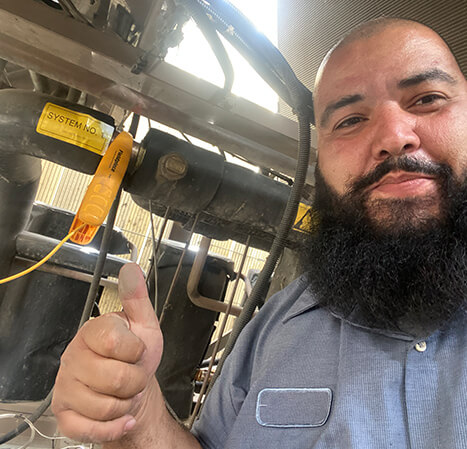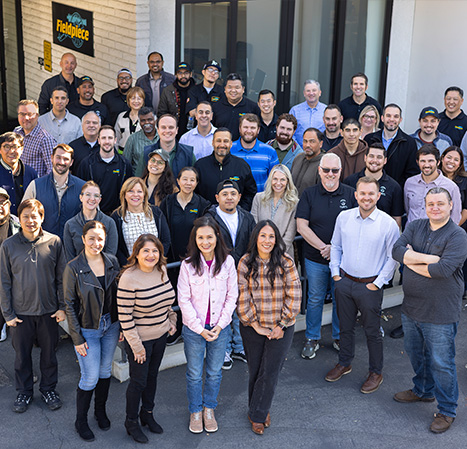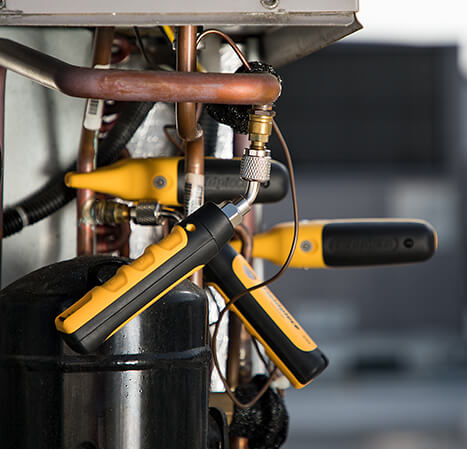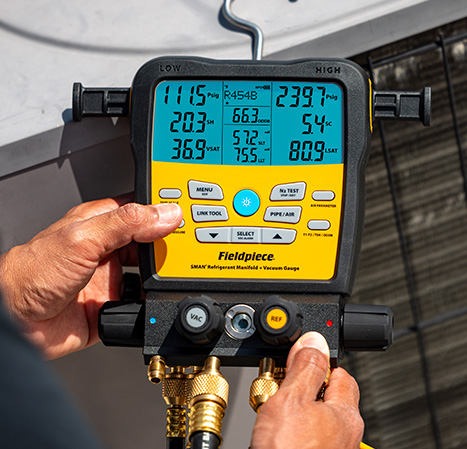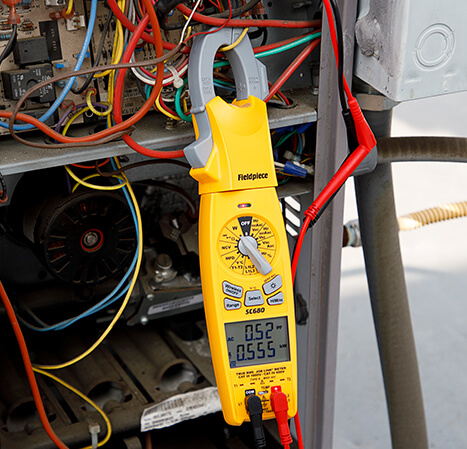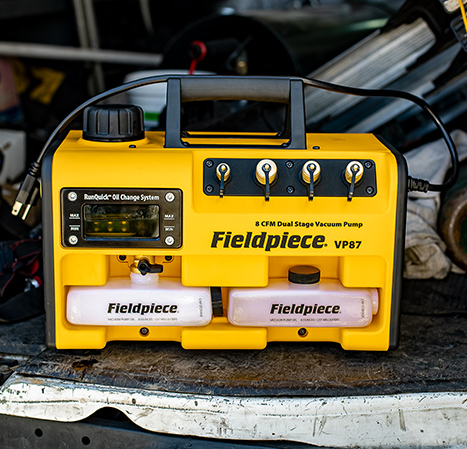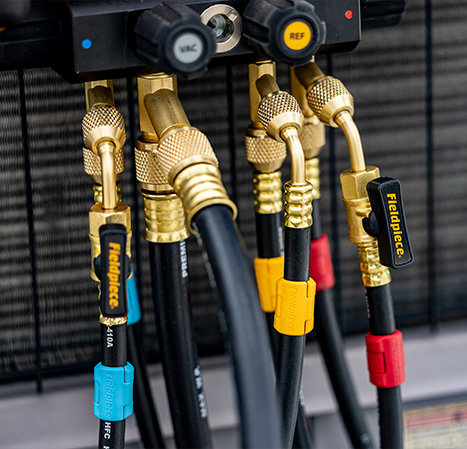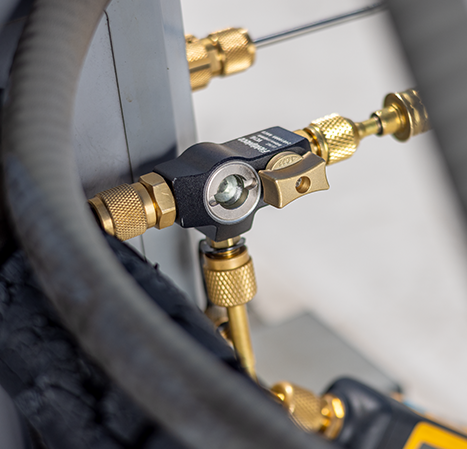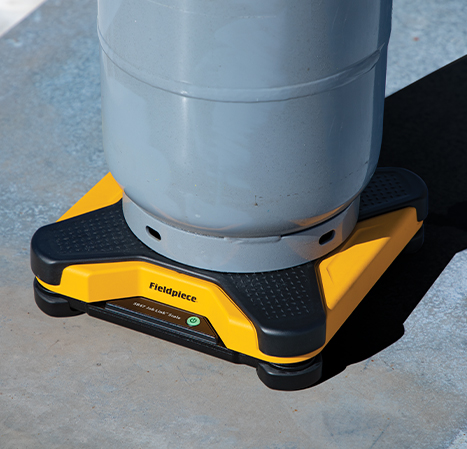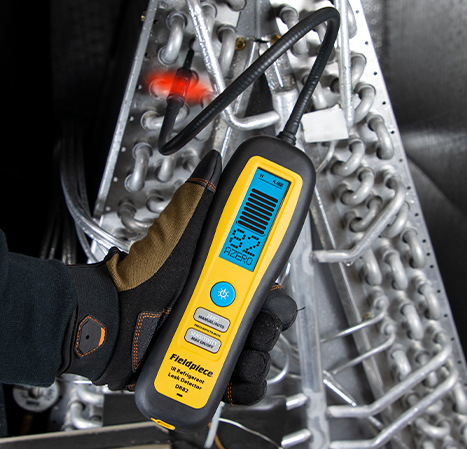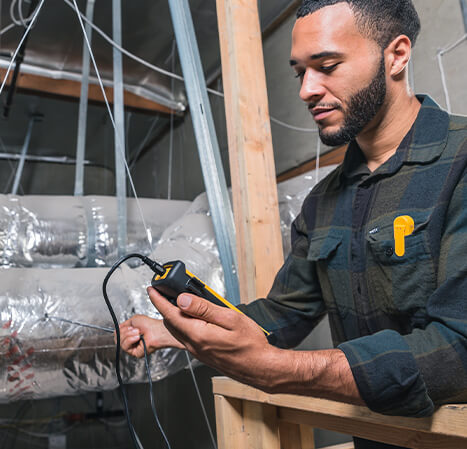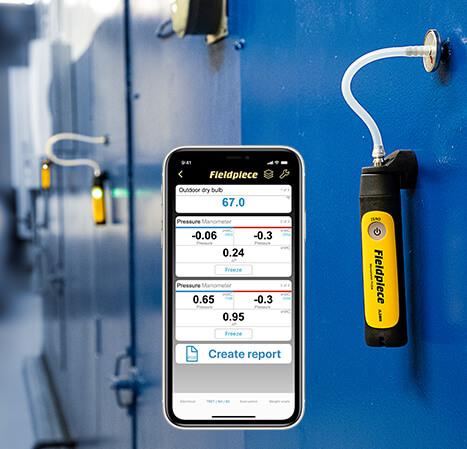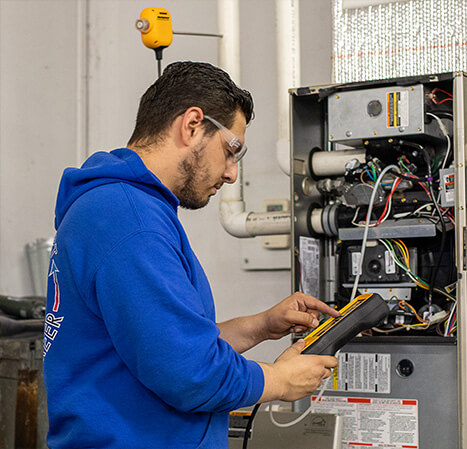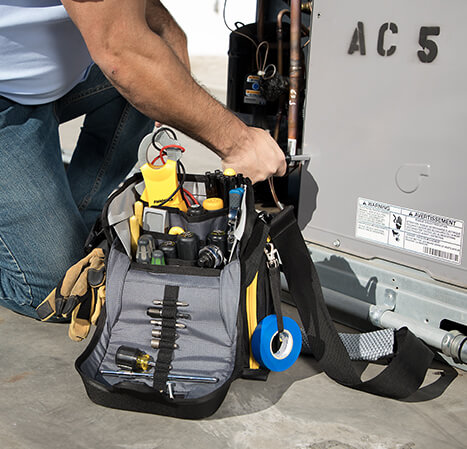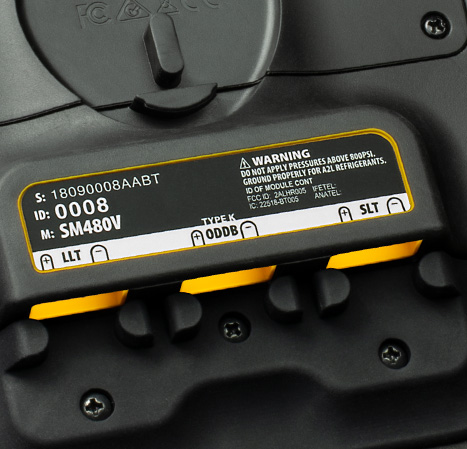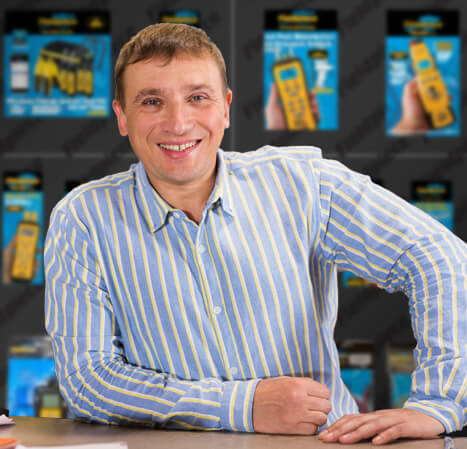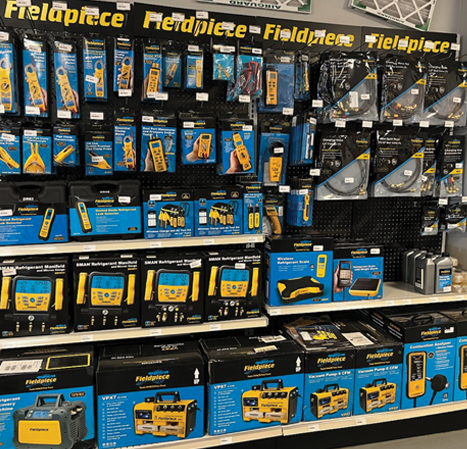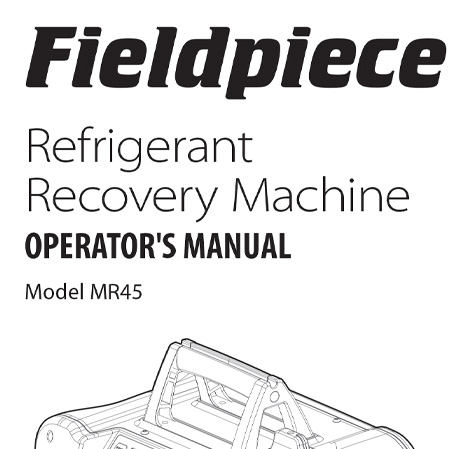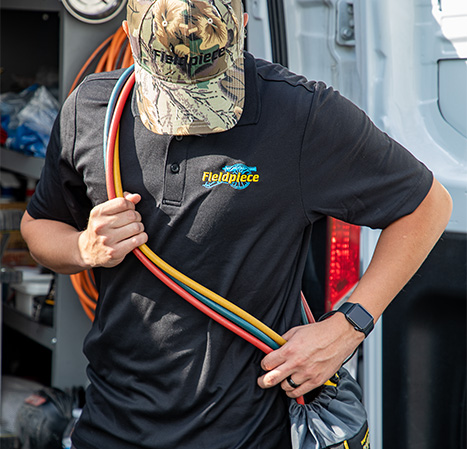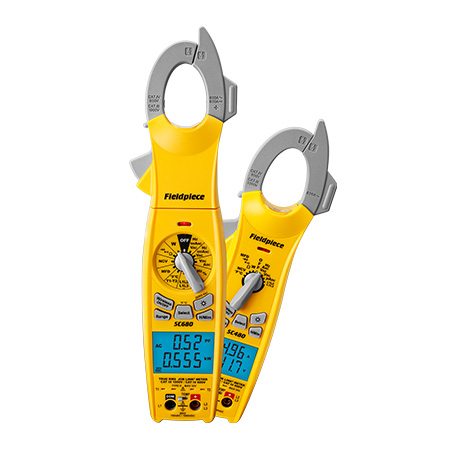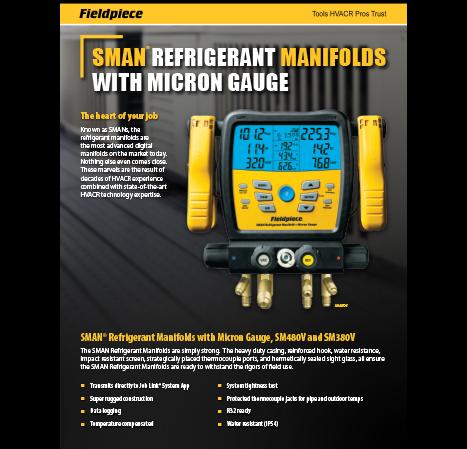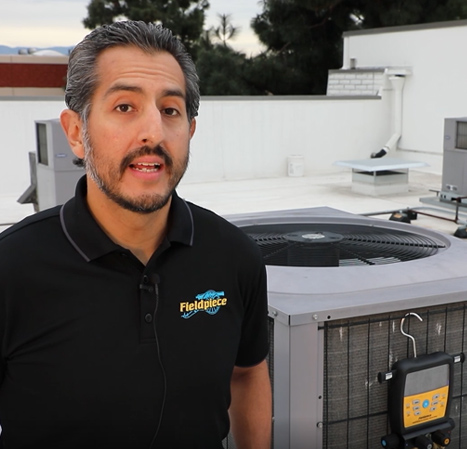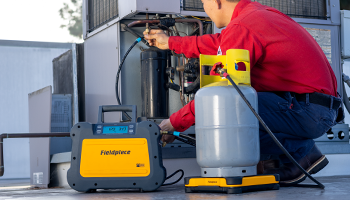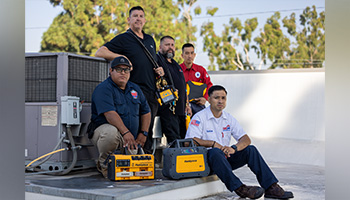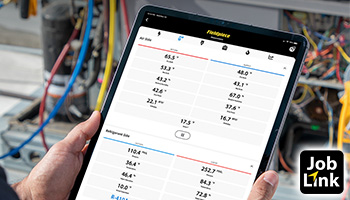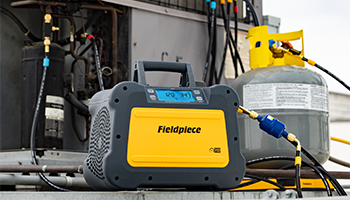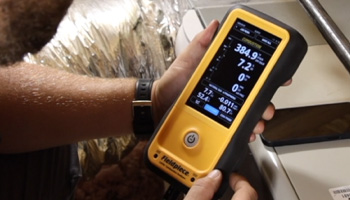Fieldpiece products are tough, versatile, innovative and can handle the demands of working in HVACR. That’s because they were designed with the idea that every HVACR professional in the field deserves the best tools possible. Here are just a few highlights of some innovative features and technologies we developed to make your jobs easier, faster and better!
Stop Recovery on a Dime with Zero-Stop™
When recovering refrigerant, the Fieldpiece MR45 Refrigerant Recovery Machine has the ability to automatically stop the recovery at 0 psig, with additional auto stop levels of -10 inHg and -20 inHg. Stopping the recovery at 0 psig is an industry standard when recovering A2L refrigerants to prevent air from contaminating the refrigerant in the recovery cylinder.
Change Vacuum Pump Oil on the Fly with RunQuick® Oil Change
Regularly changing the oil in a vacuum pump is crucial for maintaining optimal performance and longevity. The oil in a vacuum pump reduces friction and wear between moving parts, and over time, the oil can become contaminated with debris, moisture, and by-products of the pumping process, making clean oil an essential part to maintaining peak pump performance. To make these oil changes as quick and easy as possible, Fieldpiece vacuum pumps utilize the RunQuick Oil Change system, which allows technicians to change their oil while the pump is running. In as little as 30 seconds technicians can swap out their old oil without losing vacuum, saving time on the jobsite and increasing the life of the pump.
Eliminate the Water Trap and Extend Sensor Life with HydroCycle™ Pump and SensorVault™ Technology
The Fieldpiece CAT85 and CAT45 Combustion Analyzers feature cutting edge improvements like no other combustion analyzer. The CAT85 showcases the HydroCycle Pump, which condenses and returns water to the flu. This eliminates the need for a water trap, as well as the need to buy water trap filters, lowering the cost of ownership for technicians.
The Fieldpiece CAT85 and CAT45 Combustion Analyzers also feature SensorVault technology that help sensors last longer. SensorVault automatically seals the sensors when the unit is powered off – isolating them from ambient oxygen, thus reducing sensor degradation when they’re in storage. If the sensor needs to be changed, they’re field-replaceable and come with a four-year warranty. This means maximum uptime on the job site, and lower cost of ownership for techs.
Measure System Temps in a Flash with Rapid Rail™ Sensor Technology
The JL3PC Job Link® System Pipe Clamp Probe, allows techs to get accurate temperature readings in seconds. By incorporating Fieldpiece’s patented Rapid Rail Sensor Technology, these clamps utilize the pipe itself as part of the sensor to immediately react to changes in system temperature. They provide accurate readings on wet or damp pipes and are not affected by wind, ambient temperature, or any other outside influence. Instant readings make it easier for a tech to get a superheat and/or subcooling measurement.
These technologies are just the tip of the innovation iceberg that Fieldpiece brings to tools and test instruments. Fieldpiece doesn’t just introduce products, we introduce solutions designed for HVACR techs, like integrating a dual port manometer into our combustion analyzer to save space in your tool bag and color tags for hoses so you can easily swap for a spare rather than purchase a whole set. We’re on the job with you, discovering your pain points and finding solutions. These are just a few examples of the innovative features and technologies we’ve brought to you, and there’s more coming!
To see more innovations, visit fieldpiece.com
 English
English French
French Spanish
Spanish

